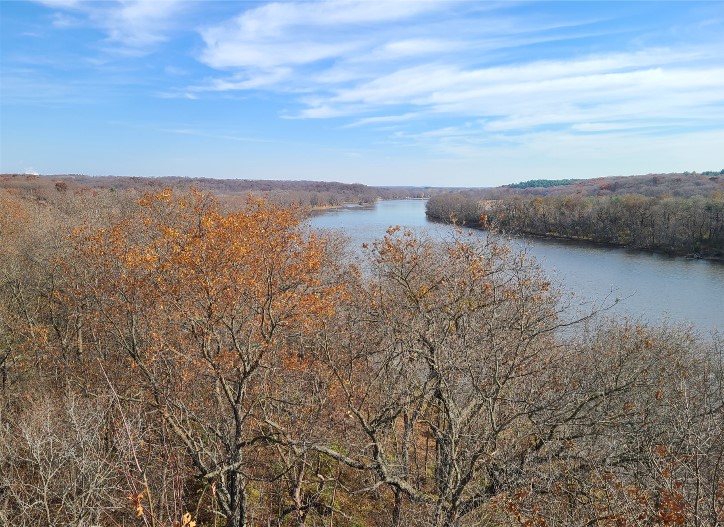Our final stop at Old World Wisconsin is at the Life On The Farms area. This section includes three German farmsteads. The first, The Schottler Farm features some very handsome pigs. The house, made of cedar logs, rye straw and clay, was originally built in the late 1830’s near Germantown. It was placed on the National Register of Historic Places in 1973.
On the The Schultz Farm they have sturdy-looking horses and oxen to pull the ploughs. Although we didn’t get to see an actual demonstration this time, it was nice to just walk around the barns and fields, see these beautiful creatures and listen to someone telling a story about life on the farm.
The Koepsel Farm house was built in 1860 by an immigrant from Pomerania and was originally located near Salter. It was donated to the Wisconsin Historical Society in 1969 and was then relocated at Old World Wisconsin. It has also been listed on the National Register of Historic Places.
If you would like to see more about Old World Wisconsin, please follow the links to my other blog ‘Getting the Picture’ where you will find recent posts on Old World Wisconsin, Crossroads Village, Shoe Shop And The Four Mile House, and Scandinavian Homesteads.











































































































































